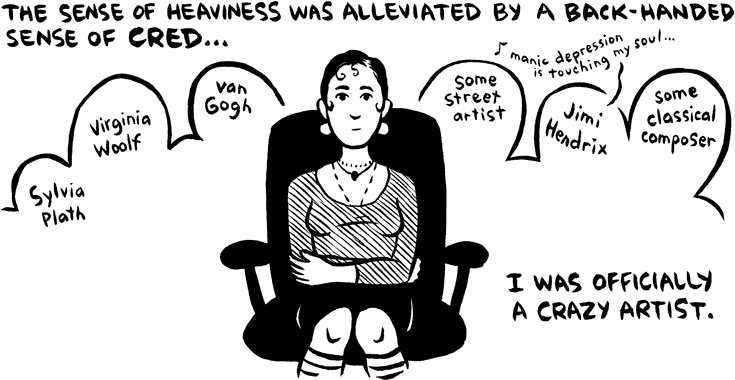My friend Terra is a huge Lovecraft enthusiast, and so at her suggestion (her Lovecraftian primer shared below), I have begun my exploration of the genre with
The Call of Cthulhu, a very short novel which I greatly enjoyed. The protagonist of the novel is a Man of Science, who is deeply skeptical about his scholarly uncle's mysterious writings on a horrific beast known as Cthulhu. Full of atmosphere and delicious prose - a vivid and enjoyable tale that has definitely sparked my interest in reading more.
A Lovecraftian Primer for the Novice Scholar
Books & Stories
Works by H.P. Lovecraft
The Call of Cthulhu (Gives a good sense of the atmosphere and style in many HPL stories. The central source of the famed Cthulhu mythos.)
The Shadow over Innsmouth (A tale of intrigue and dread in a small town. Introduces some of Cthulhu’sfishier relatives.)
The Whisperer in Darkness (Dread terrors from above. While not explicitly about the King in Yellow, this is the only HPL story that contributes to his mythos.)
Lovecraft’s Inspiratons
Ambrose Bierce (I’ve never read any Bierce, but I hear that HPL was enamoured of his stories.)
Robert Chambers (He wrote a collection of short stories entitled “The King in Yellow” which alternates between stories of the pallid king and tales of daily life in revolutionary Paris, for some reason. I would highly recommend the story “The Repairer of Reputations” from this collection.)
Inspired by H.P. Lovecraft
(This list could go on forever – so much current fiction makes at least reference to Cthulhu or unspeakable horrors lurking beneath the waves or beyond the stars… here are a few examples I have enjoyed.)
Rehearsals for Oblivion (Various short stories which all have something to say about the King in Yellow mythos. Highly recommended if the tattered king strikes your fancy.)
The Hastur Cycle (A more scholarly approach to the King in Yellow mythos. Each story is accompanied byan editor’s note explaining its literary/historical context. This collection includes “The Repairer of Reputations” as well as “The Whisperer in Darkness”.)
New Cthulhu 2 (This is a short story collection by various authors that I happened across at the library. These stories take HPL themes and legends and address them in a modern setting. I found most of them to be quite enjoyable.)
Locke and Key (Graphic novel which draws from some HPL mythos, also includes a lot of magic that is not from HPL.)
Films, Shorts, & Audio
Feature Films:
The Whisperer in Darkness (Adaptation by the H.P. Lovecraft Historical Society (2011))
Die Farbe (Adaptation of HPL’s “The Color Out of Space” (2010). Filmed in Austria; subtitled)
Dagon (Inspired by “The Shadow over Innsmouth”(2001). I have not seen this one yet but it is supposed to be quite good)
Re-Animator (Adaptation of HPL’s “Herbert West – Reanimator” (1985). A classic gore-fest.)
Short Films:
(While most of these are not strictly Lovecraft, they are definitely Lovecraftian and worth a viewing. If you enjoy any of these, consider coming to the H.P.Lovecraft film festival in Portland in October!)
Fat Rabbit
Frank DanCoolo, Paranormal Drug Dealer
Dark Adventure Radio Theater



















